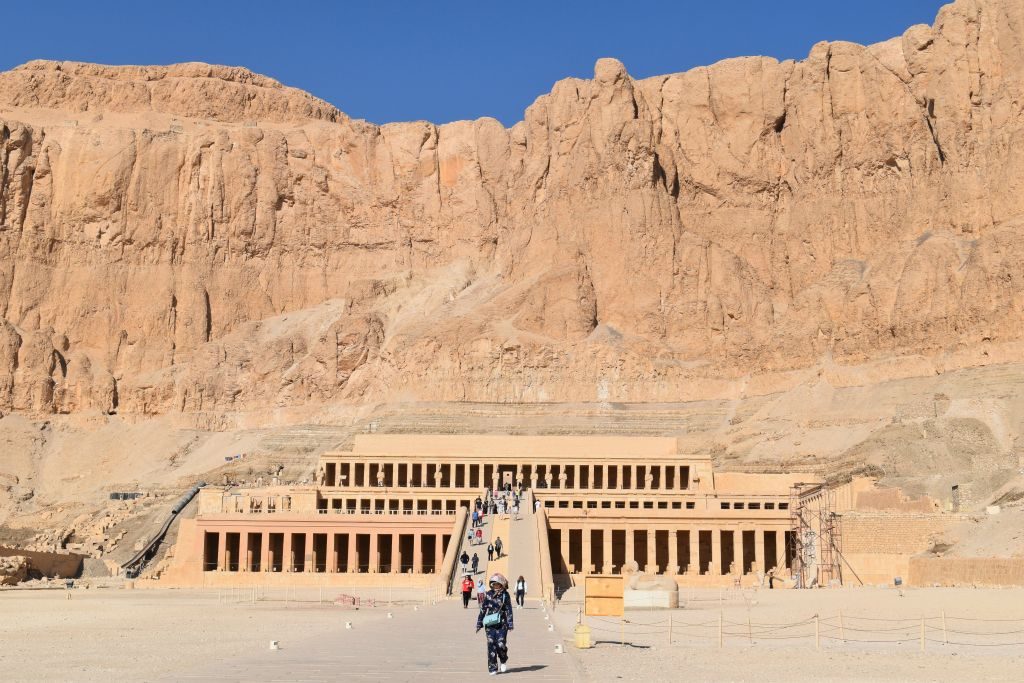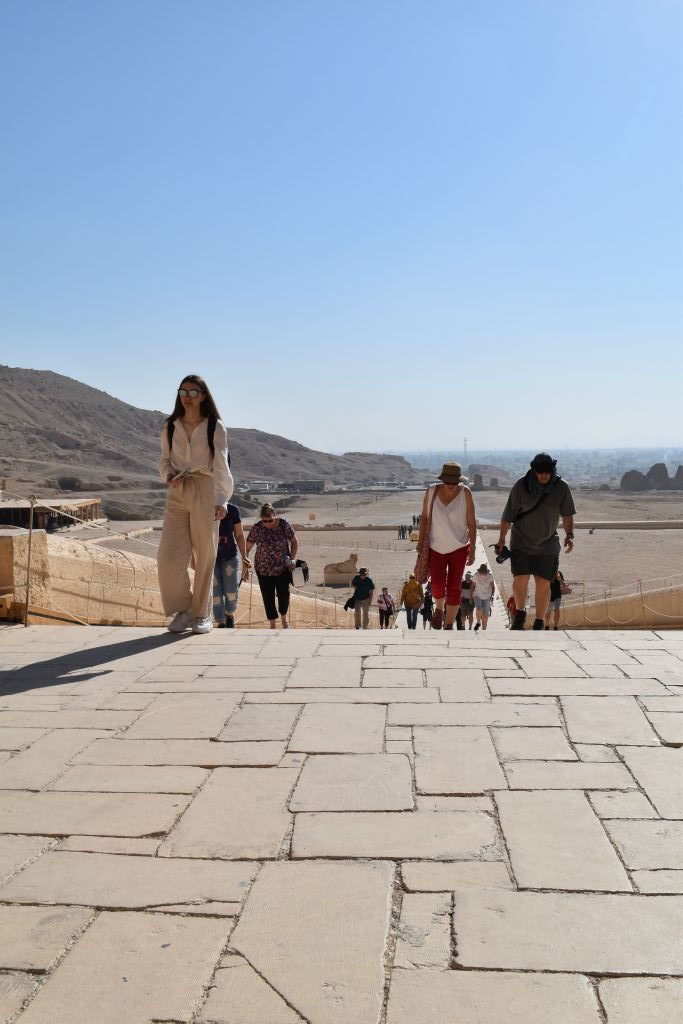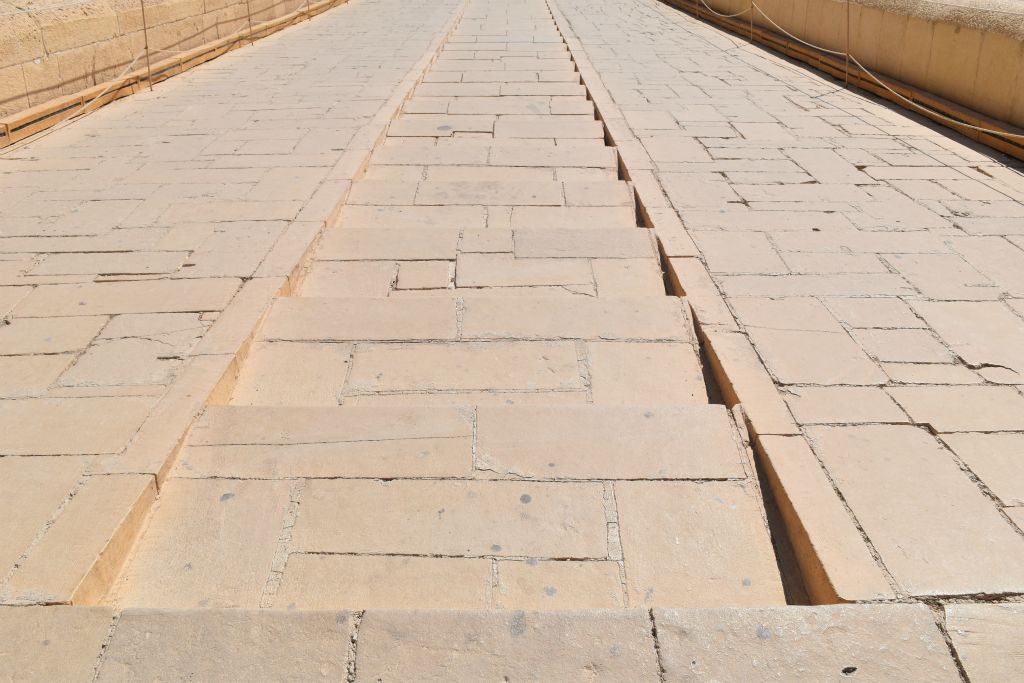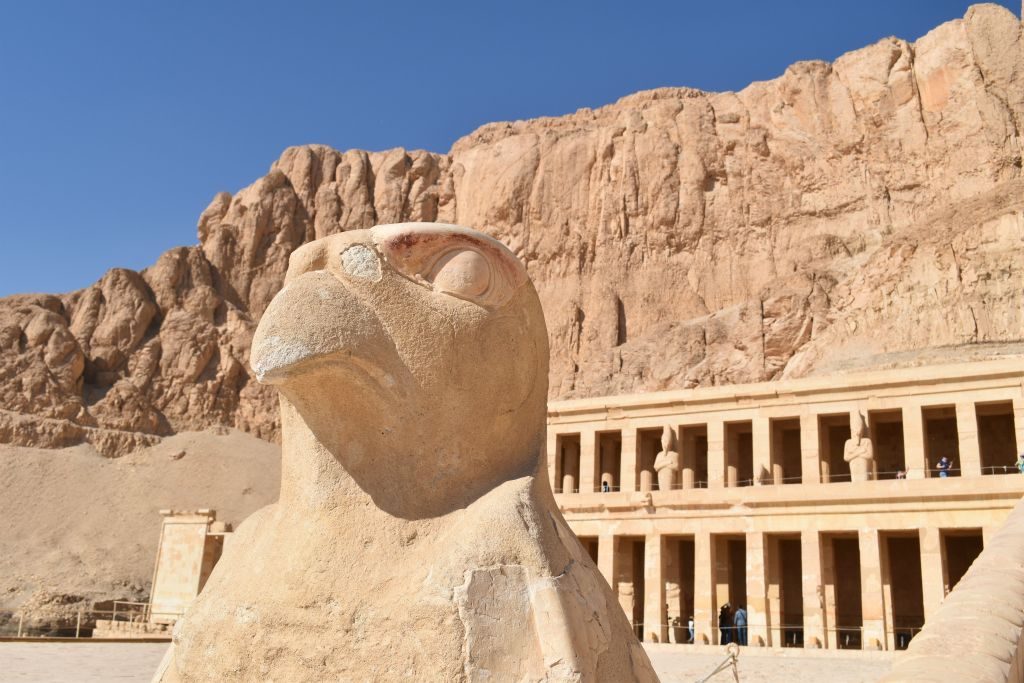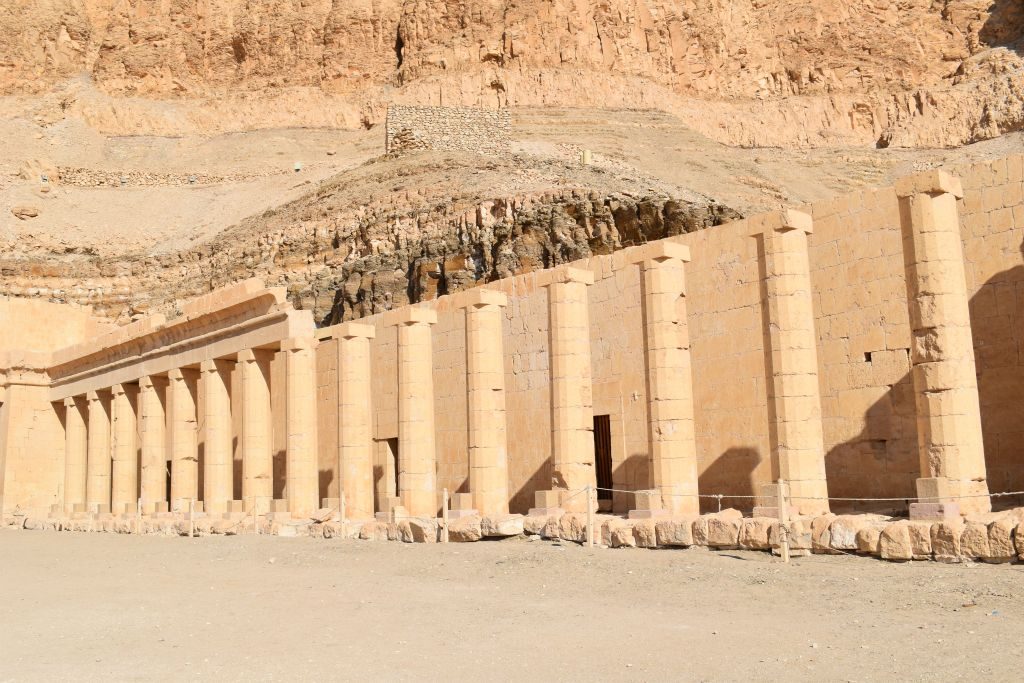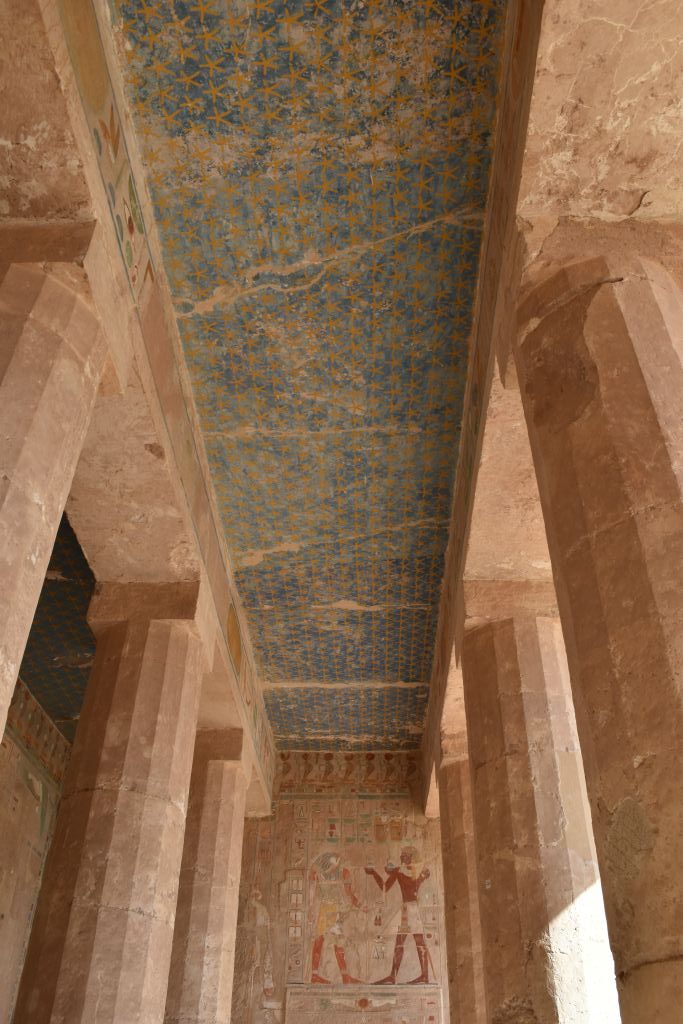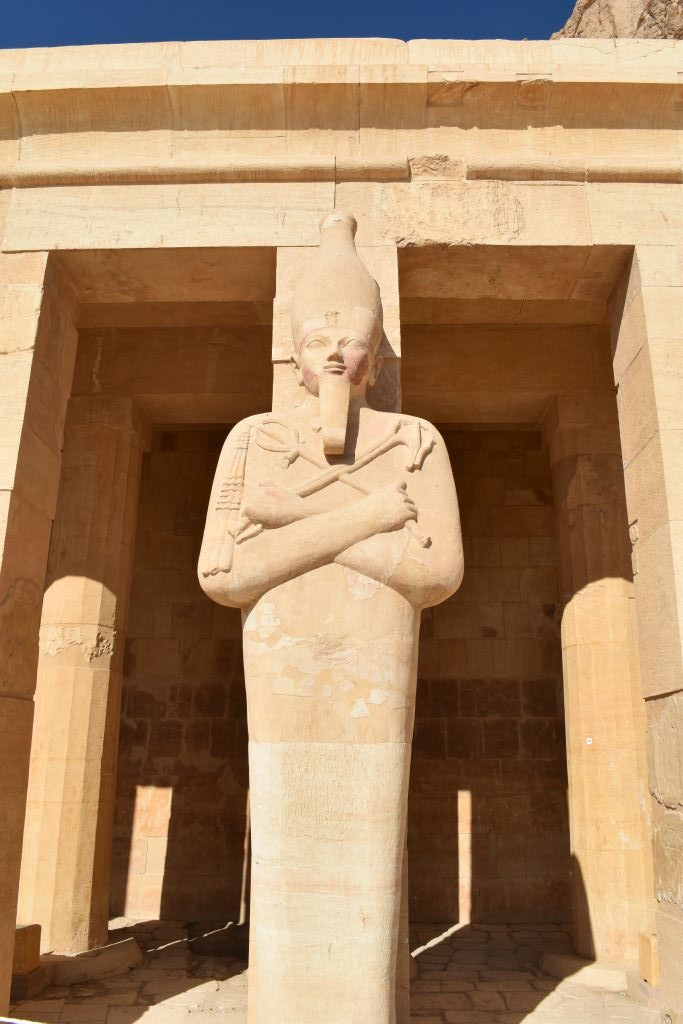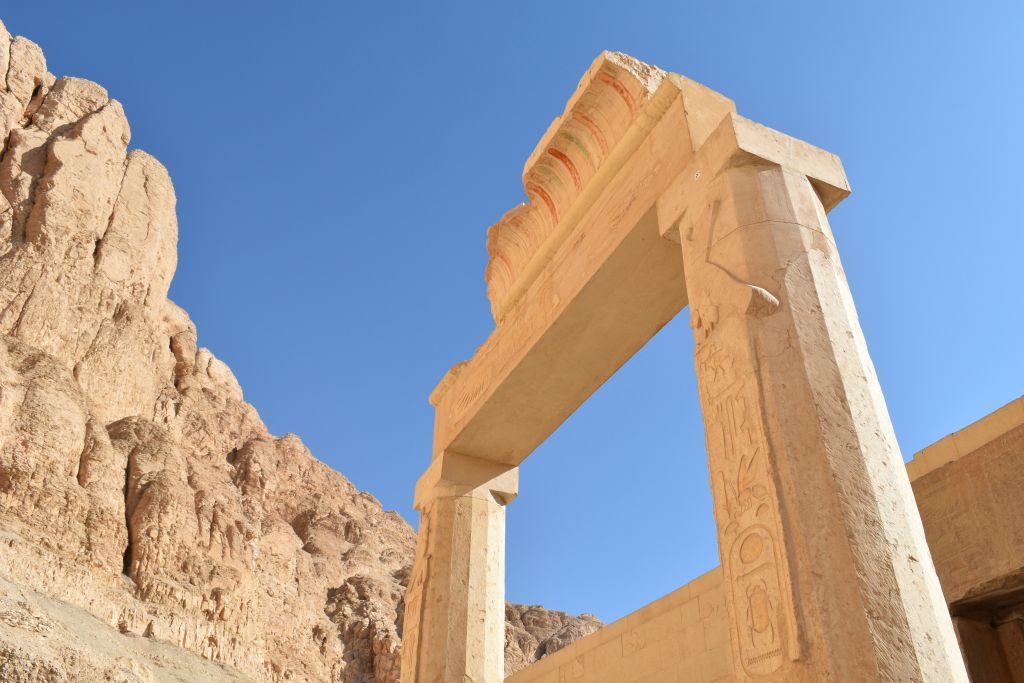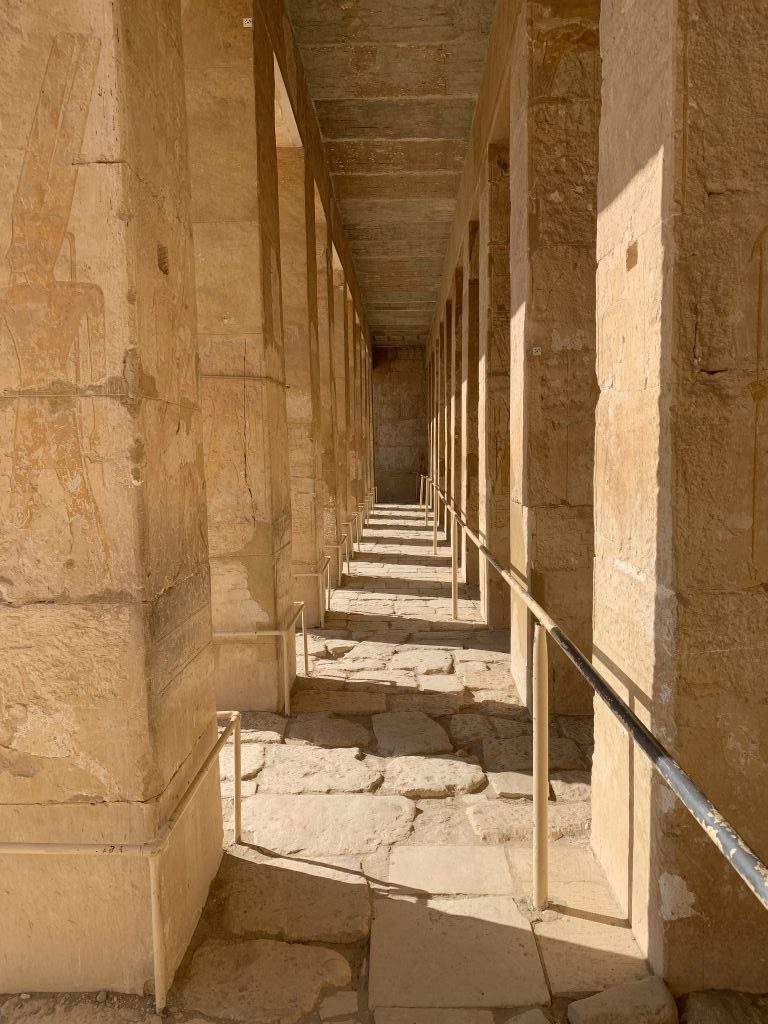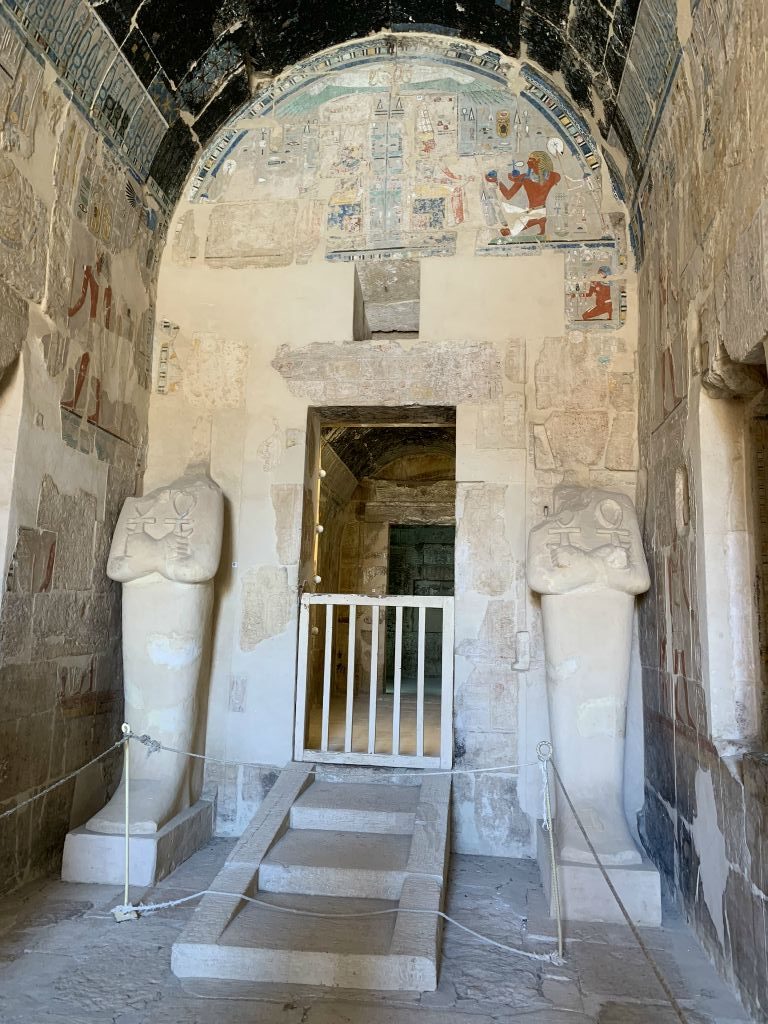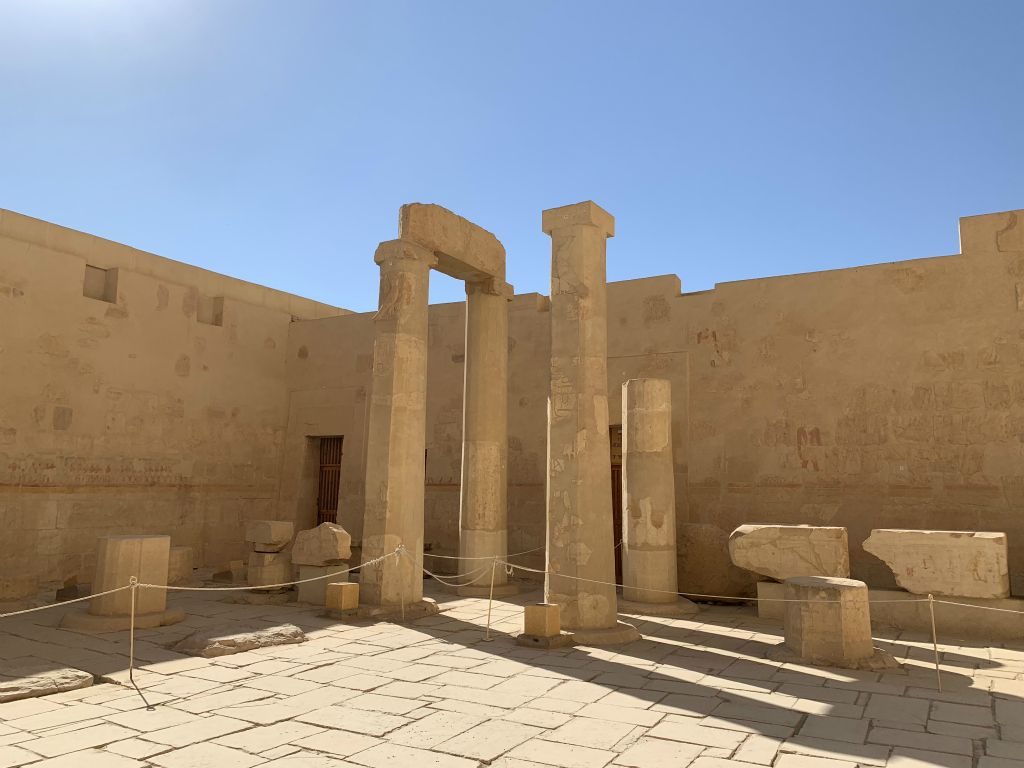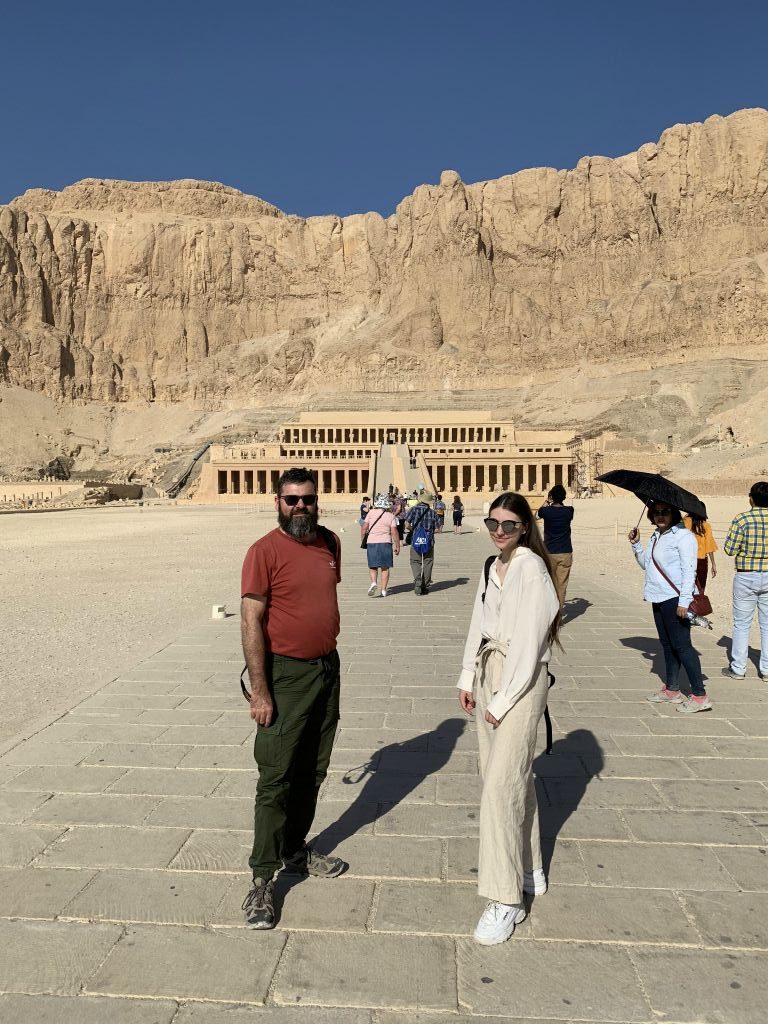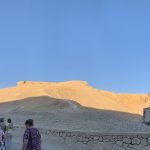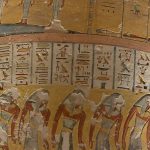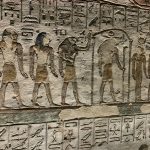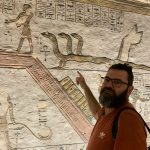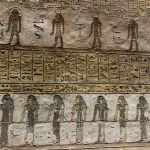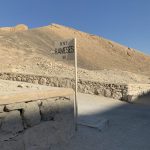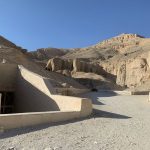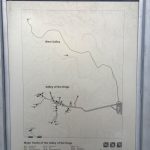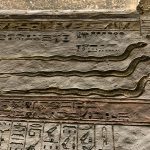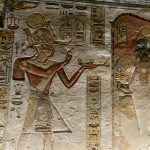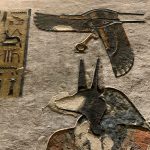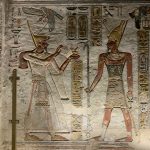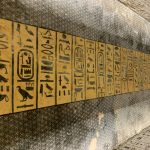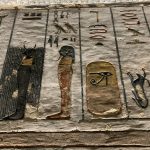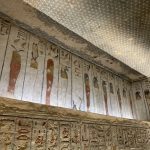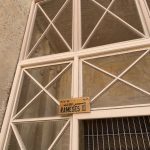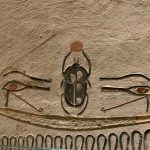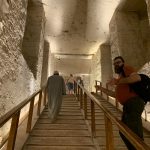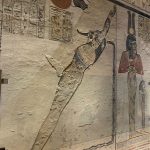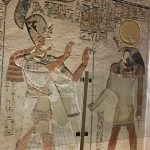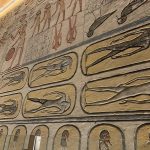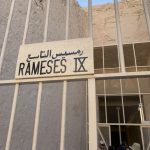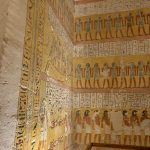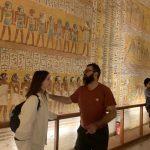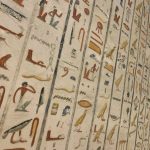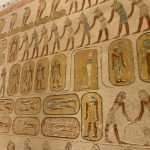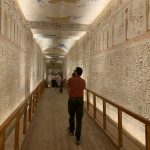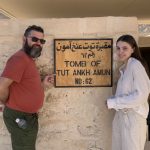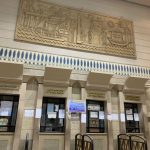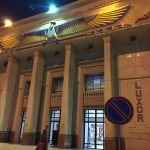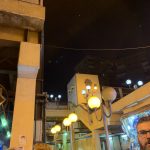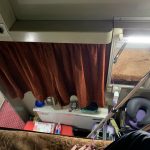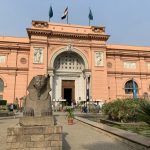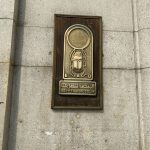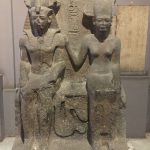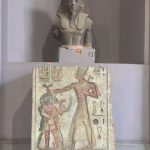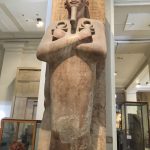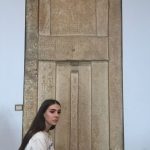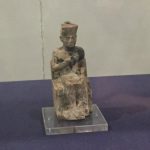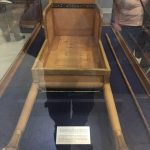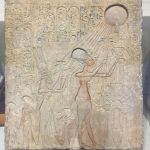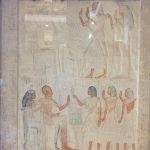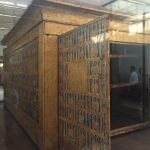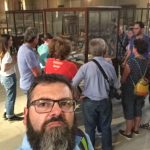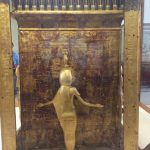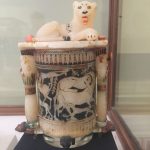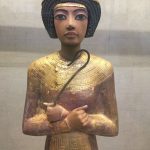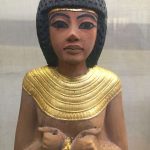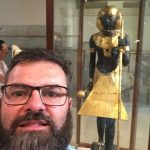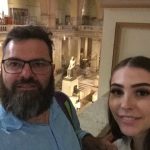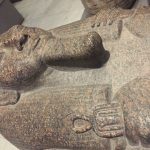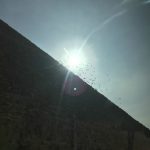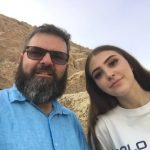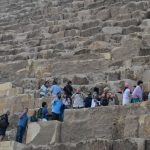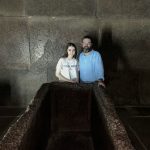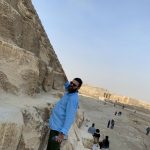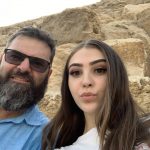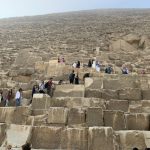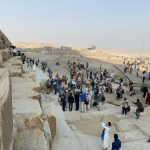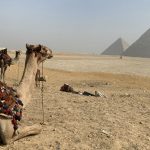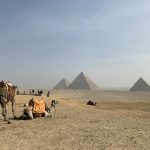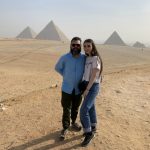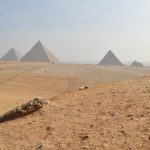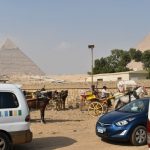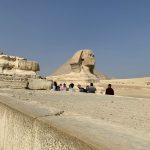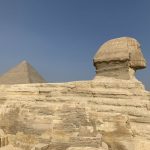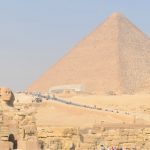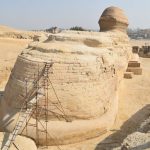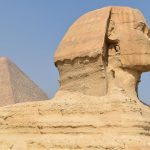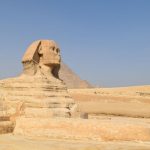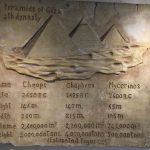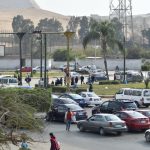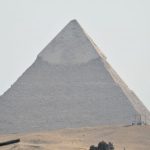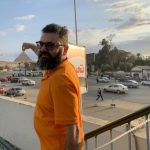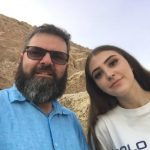At last my dream has been achieved. I have always wanted to visit Egypt since I was 20 years old. 30 years of waiting. I went! I took my middle daughter, Jenna with me for a two weeks trip. We left Sydney on 9th of November and got back home on 21st of November.
13 day Best of Egypt tour with Nile cruise.
There is no place like Egypt. Float down the famed waters of the Nile River, on-board a luxury cruise ship and traditional felucca. Shock the senses with the sights, smells and sounds of the bustling streets in Cairo, and gaze up in amazement at the graceful Great Sphinx of Giza. Turn your attention across the landscape to the equally breath-taking pyramids, the old-world structures that have stood for thousands of years.
The adventure into Egypt’s history continues at The Egyptian Museum and the Valley of Kings. Travel from Cairo to Luxor aboard an overnight sleeper train. Wander through the maze of stalls of Nubian Bazaar in Aswan and delve into the part Egypt played in World War II at El Alamein.
Thats the blurb from the WebJet website.
https://exclusives.webjet.com.au/deals/cruise-deals/egypt/13-day-best-of-egypt-tour-with-nile-cruise-flights/?gclid=EAIaIQobChMI7OHbveCD3wIVko6PCh1gxACgEAAYASAAEgKnR_D_BwE#_
The detailed itinerary is as follows;

Day 1: Australia –– Cairo
Depart Australia for Egypt.
Day 2: Cairo
Welcome to Cairo, the frenetic Egyptian capital. Arrive at Cairo International Airport (CAI) and be transferred to your hotel. Once you have checked in to the hotel (rooms are usually available after midday), the rest of the afternoon is at leisure. Gather at the hotel at 6pm for a welcome meeting and to say hello to fellow travellers. The details for this meeting can be confirmed at hotel reception. Hotel: Mercure Le Sphinx
Day 3: Cairo –– Luxor (B,D)
This morning after breakfast, the tour drives out to Giza for an up-close encounter with two of Egypt’s most iconic landmarks: the Pyramids of Giza and the Great Sphinx of Giza. These remarkable structures are unlike anything else in the world and travellers may venture inside the Great Pyramid of Khufu (or Cheops) for an additional fee. See more of Egypt’s ancient treasures and artefacts at the Egyptian Museum, accompanied by an expert guide. There is then some free time before returning to the hotel in the afternoon and taking a transfer to the railway station, ready to board the overnight sleeper train to Luxor.
Accommodation aboard the overnight train comprises a two-berth cabin that is converted to bunk beds. All bedding is provided, and Western-style toilets are in each carriage. Bags are stored in the cabin, and airline-style dinner and breakfasts are also served in-cabin. Those with dietary or snack requirements may think about bringing their own meals. This can be discussed with the tour leader.
Day 4: Luxor – Embark on Nile Cruise (B,L,D)
An early breakfast on-board before the train rolls into Luxor. This vibrant city is home to an energetic bazaar and is also located conveniently close to some of ancient Egypt’s most important sites. Travel to Karnak to see the celebrated temple complexes. These structures were built across a period of 200 years and areas date back to 2055BC. A guided tour of the temples is as educational as it is fascinating. Later in the day, there is a transfer to the Nile cruise boat, your home for the next 4 nights. Relax by the boat’s on-board pool or keep exploring Luxor at your own pace. The remainder of the afternoon and evening is free time.
Day 5: Valley of the Kings, Edfu (B,L,D)
Rise early to head into the Valley of the Kings. There are more than 60 pharaoh tombs buried beneath the hills here, and many are lavishly decorated with relics and paintings. Perhaps the Valley’s most high-profile resident is Tutankhamun; his final resting place is here. The day is led by an expert guide, who will give background on hieroglyphics and the funerary rites and traditions of ancient Egyptians. Among the other sights for today’s itinerary are three royal tombs, the Mortuary Temple of Hatshepsut and the Colossi of Memnon. Return to the boat for lunch and to relax as the cruise begins its sail for Edfu. This journey is typically from 1pm to 11pm, however it may be slowed by river traffic and the number of other boats passing through Esna Lock.
Day 6: Edfu, Kom Ombo, Aswan (B,L,D)
Wake in the morning to find the cruise moored at Edfu, a beautifully preserved temple dedicated to Horus. The voyage upriver continues, and travellers can watch scenery pass by from the boat deck. Reach Kom Ombo temple, about 45 kilometres north of Aswan, in the afternoon. The temple is an insight into the Greco-Roman influence of the area and is dedicated to two gods: Horus, god of protection; and Sobek, the god of crocodiles. There is also a crocodile museum attached to the temple. Return to the boat around 6pm to continue the cruise to Aswan, arriving about 9.30pm.
Day 7: Aswan (B,L,D)
A free day to explore Aswan. Meander along the waterfront promenade, known locally as the ‘corniche’, and stop for a mid-walk mint tea. Time your stroll for dusk when the area comes alive with families socialising and relaxing.
Day 8: Aswan – Abu Simbel – Aswan (B)
Disembark from the cruise in the morning and then board a coach for the drive to Abu Simbel. Here, travellers may recognise the four colossus statues of Ramses guarding the Great Temple. This afternoon, board a traditional felucca for a sailboat trip around the neighbouring islands, stopping off at the botanical gardens on Kitchener’s Island. The rest of the day is leisure. One option is to seek out St. Simeon, an abandoned 7th century fortress monastery located in the desert on the Nile’s west bank. The tour leader is on hand to help arrange activities.
Day 9: Aswan –– Cairo (B)
A transfer to Aswan airport after breakfast, followed by a short flight to Cairo. Be transferred to the hotel and then visit Cairo’s oldest souk, Khan al-Khalili Bazaar. The souk fans out in an area known as Al-Azhar. Its stalls sell everything from gold and perfume, to spices and textiles.
Day 10: Cairo – Alexandria (B)
Follow the desert road leading from Cairo to Alexandria, a large port city that sits on the Mediterranean coastline. An orientation walk with the tour leader is a great introduction to the city. Learn about the city’s origins as an homage to Alexander the Great, and its place as a cultural, political, economic and intellectual centre. Take a walk along the corniche, or head underground to explore the Kom ash-Shuqqafa catacombs. Any free time can be spent seeing the Citadel of Qaitbay, a defensive fortress overlooking the ocean that now sits where the famous Alexandria Lighthouse once stood.
Day 11: Alexandria – El Alamin – Cairo (B,L)
From ancient Egypt to more recent chapters in the country’s history; today’s itinerary includes an excursion to sites around El Alamein and the war museum located there. Now a resort town, El Alamein played a crucial role in significant World War II battles and the events here are considered a turning point in the North African campaign. There are several memorials in the area, plus a war cemetery. The group returns to Cairo after this stop.
Day 12: Cairo –– Australia (B)
There is free time after breakfast and airport transfers are made at the appropriate time.
Day 13: Australia
Arrive home today.


